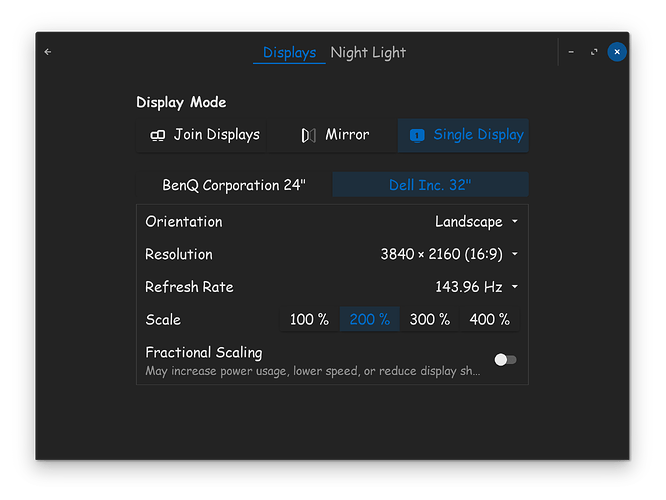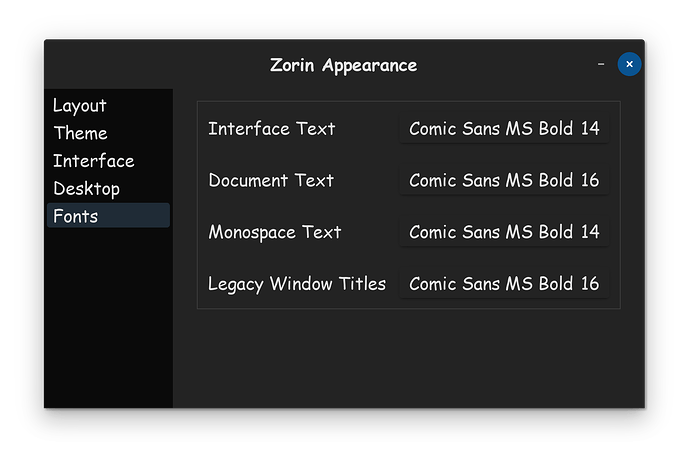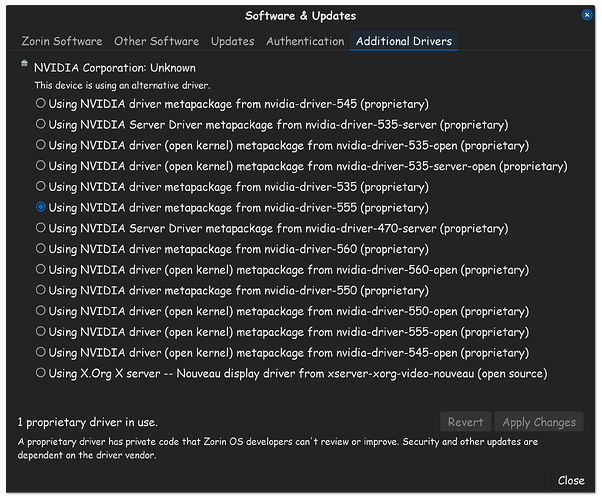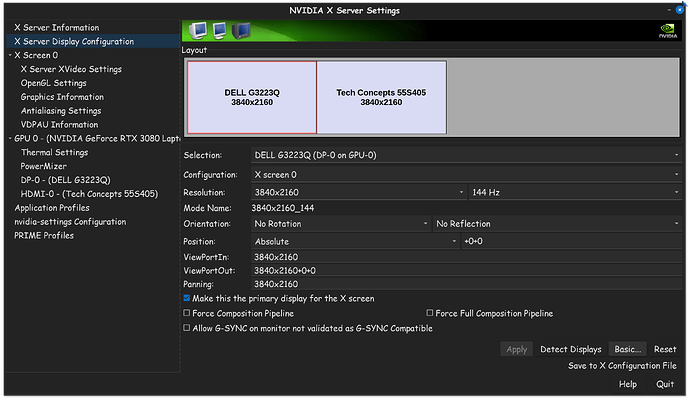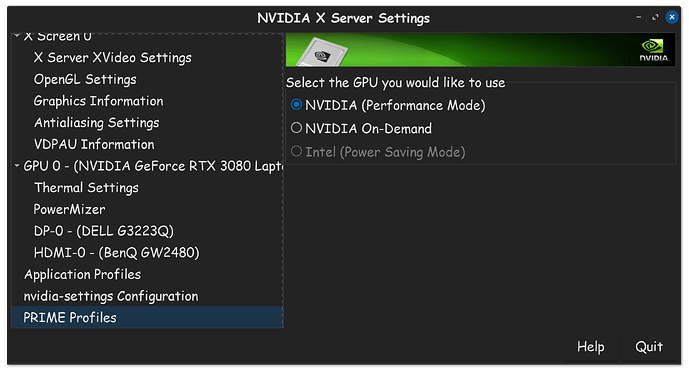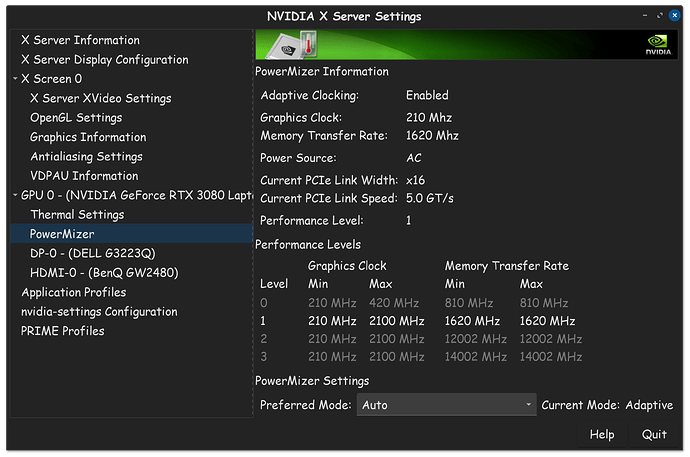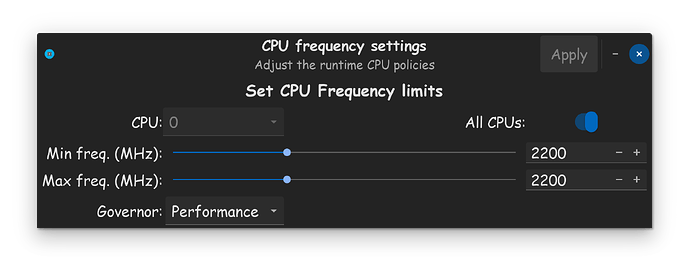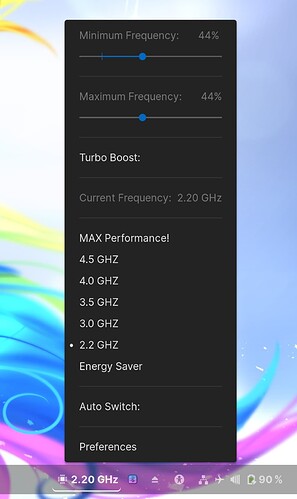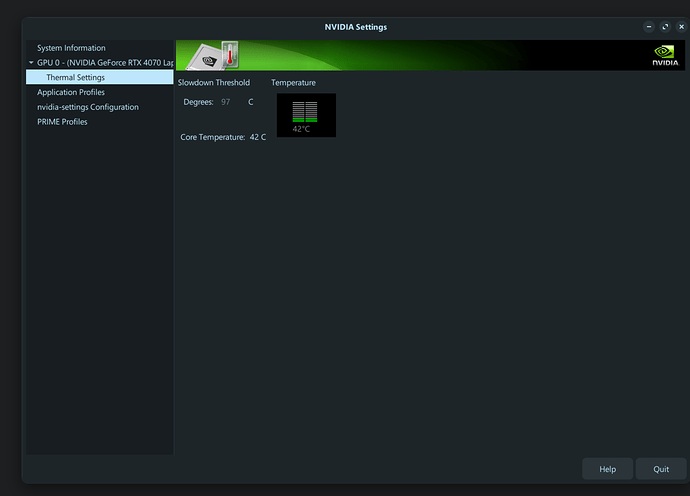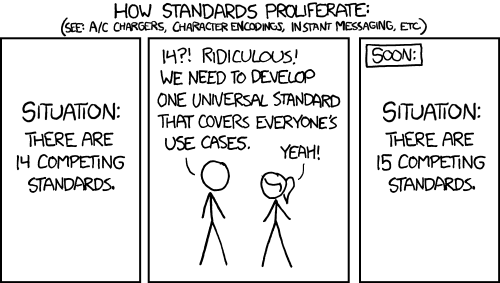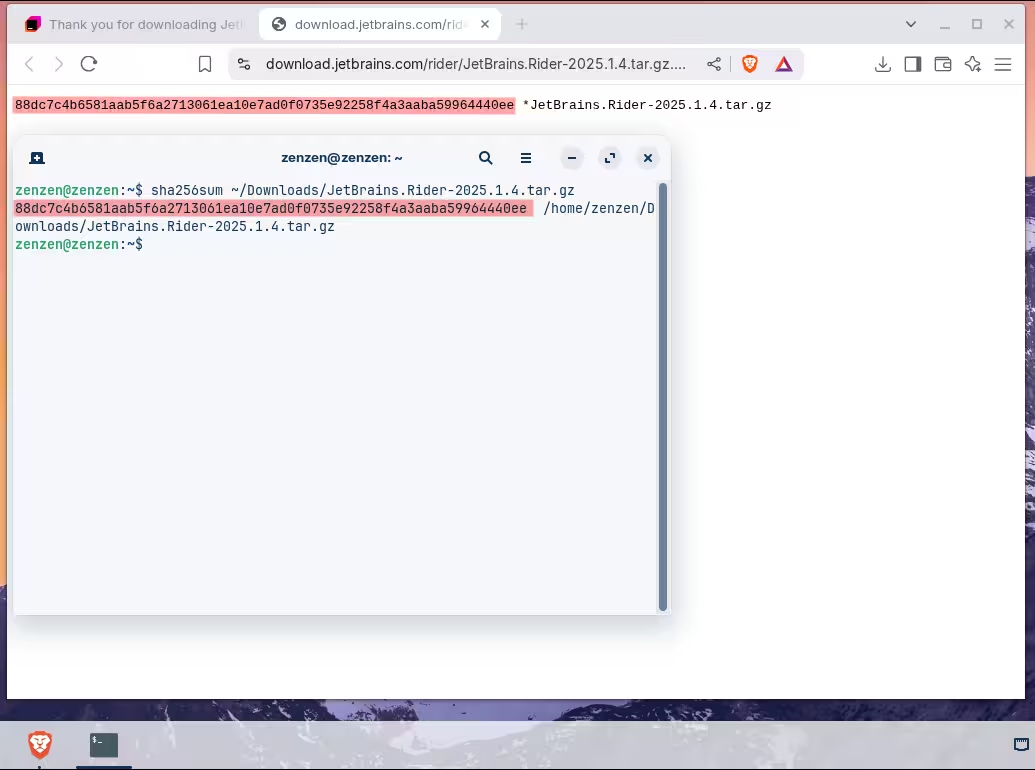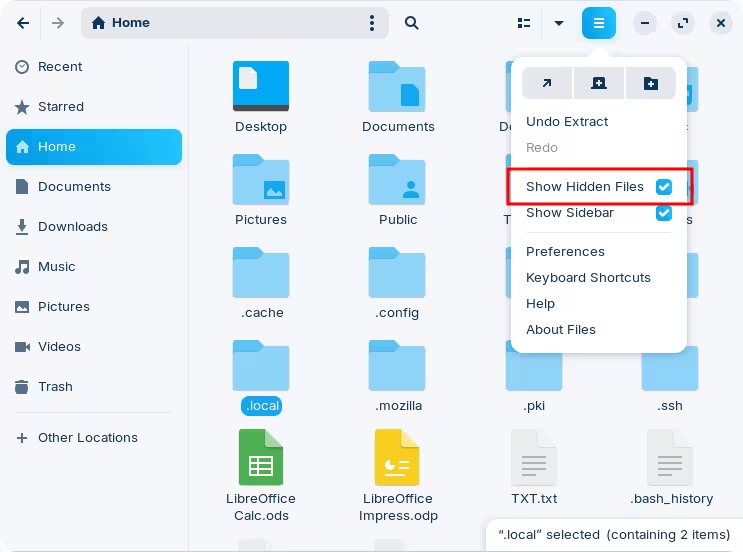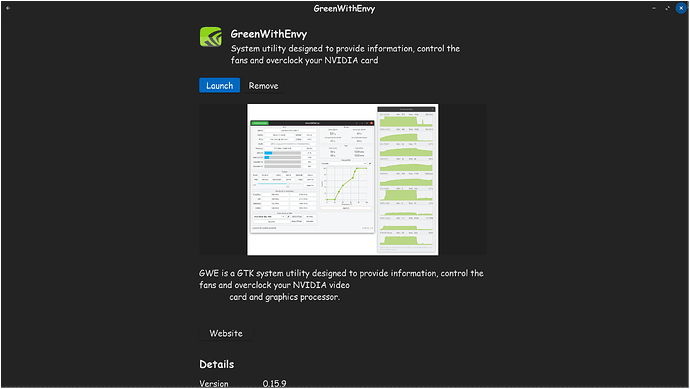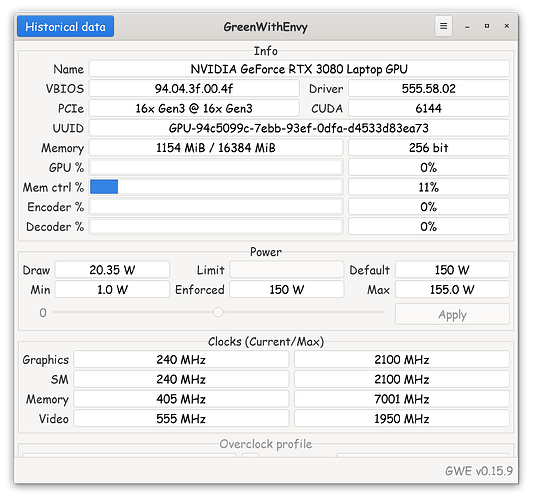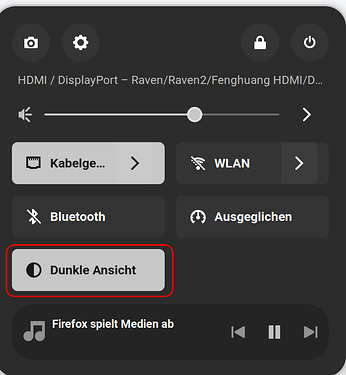Hey everyone,
Just wanted to share my journey getting along with Zorin so far.
Currently, I’m using the 17.3 free version as I’d like to wait for version 18 to drop before having to buy two licenses in a year.
Installation and everything went pretty smoothly. First, I installed Zorin on an external USB drive (with an NVMe drive in it) and booted it up. Worked out pretty well. Nvidia drivers were also there from the start. The store feels nice too.
The UI feels good and responsive.
First things I did, in no particular order:
- Got the MS fonts
- Enabled fractional scaling
- Tried fiddling around with font anti-aliasing because on my laptop screen the fonts don’t look very good compared to Windows. It all feels a bit blurry. But switching to subpixel and turning it off looks even worse. On my Samsung Odyssey OLED screen, it does look surprisingly good—compared to Windows, where I had to tweak ClearType to handle the different pixel layout in OLED screens.
- Worst part so far: Out of the box, the performance of my Lenovo Legion 5 Pro is very limited because the Nvidia 4070 MAX-Q is capped at 55 watts. Lenovo also does some strange VBIOS stuff, and the toggle doesn’t work. Old guides suggest using a shell command to set Nvidia cards to a higher TDP, but this does NOT work anymore with newer drivers. There’s a new tool in the Nvidia driver called "nvidia-powerd" that can be launched from the shell to enable the card to dynamically boost-up to 105 watts in my case. Sadly, this is still far below the 150 watts it can reach on Windows, and it severely degrades game performance.
- I tried fiddling with getting the different power modes to work for the Legion 5 Pro. I found the GitHub repo "LenovoLegionLinux" and followed the instructions to add a module to the kernel. It does allow me to change the power modes now, but I’m not sure if it’s actually doing anything or just cosmeti - at least the color indicator for the mode works. Fan curves, unfortunately, aren’t editable for this model. I saw a Linux kernel mailing list post about adding Legion power modes into the kernel by default. I hope this gets included in version 18, because this has been a real bummer so far.
- Installing Steam and Proton works pretty well so far. All the games worked fine, and I even managed to get it working using game files on my second SSD that’s still using NTFS. I just had to create a symbolic link for Proton.
- Installed my favorite IDE, Rider, for development. I noticed the store version is outdated, and Rider prompted me to upgrade but couldn’t due to permission issues. I need to dig into that—but not right now.
- Installed the .NET SDK via the store. However, Rider wasn’t able to detect it, and I had to install it from another source again?
- Stumbled into troubles when getting involved with python packages and remembered why i dislike it so much because fixing outdated python package errors is the worst
All in all, I’m very surprised how natural this feels for me as a Windows user. Most of the key commands are the same, and switching between apps feels super natural. The speed of the OS is in my eyes far superior to windows 11. It makes me very happy to see not having 12-18 gb being used while idling.
On the other hand, there’s still a lot of tinkering involved to get things working. For web browsing and simple office work, the out-of-the-box experience is perfect. However, when it comes to gaming and development, you definitely need some knowledge about how Linux works and how to use the shell.
Looking forward for version 18 and invest some money ![]()
